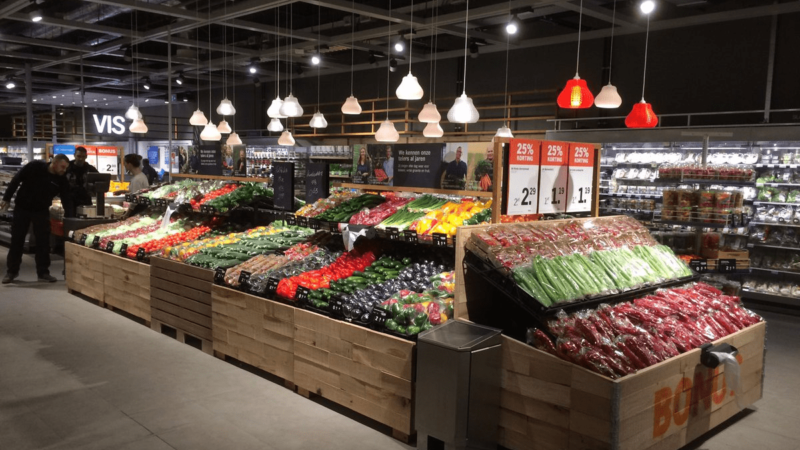Circularity focuses on maximising the reusability and longevity of materials and resources; and this includes lighting.
Unlike a linear economic system, where products ultimately end their lifespan as waste due to initial design features, circularity puts the future in mind through the design of recyclable, reusable and serviceable goods, creating a closed regenerative loop system.
“In order to move to a more sustainable society we must naturally tackle carbon emissions, but we need to also look at the way we are making products in what is very much a consumer based society,” said Harry Verhaar, head of global public and government affairs at Signify, adding that “we must look at the way we are using – or abusing – products, and that’s what we are doing with lighting.”
Reuse/recycle
There are around 30 billion light-points installed around the world, many of which are disposed of at the end of their lifespan.
But this is not the case for those at Signify’s Bielsko Biala plant in Poland which became a zero waste to landfill site last year after a successful campaign to set up a new waste collection system.
Now, plastic, paper, glass and municipal waste is separated before collection ready to be reused or recycled. Previously landfilled waste is also now in the process of being collected for use once more.
Serviceability
Additionally, circular lighting is about having the ability to continue benefiting from the best available technology through the maintenance and upgrading of products. This allows for a level of customer care, performance guarantees, and overall business models that are largely service-based.
The High Tech Campus Eindhoven, a technology park in the Netherlands, which is home to over 140 businesses, worked with Signify to redesign its lighting system to be more reflective of its sustainable business operations.
A circular lighting service was introduced throughout the campus’ parking garages, which involved handing all maintenance responsibility over to Signify. This led to a 70% saving on energy consumption and allowed the management team to focus their time elsewhere.
“As a Campus, we consider it natural that visitors should encounter the best and very latest technology,” said Harrie Arends, operations manager at High Tech Campus Eindhoven.
“This technology ensures significant energy savings and produces lower carbon emissions. In addition, we will not have to do anything with our lighting system for the next ten years; Signify will handle all of that,” he added.
Design and production
For ease of serviceability, products need a modular construction, and this means that circularity begins at the design and production stage.
British retailer M&S recently announced it will be rolling out thousands of 3D Signify printed luminaires across its stores, which is expected to drastically reduce the carbon footprint of the lighting system and will be almost entirely reused or recycled at the end of the luminaires’ lifespan.
This technique generally has half the carbon footprint of a traditional luminaire and the polycarbonates used are 10 times more recyclable.
“3D printing has been around for a while, but these luminaires are the first real retail lighting application we’ve seen that improves the sustainability of our stores and are extremely complementary to our sustainability strategy,” said Oliver Knowles, research and development manager at M&S, adding that “the potential for these fittings is enormous, both from an energy and cost-efficiency perspective”.
Ultimately circular lighting advances the move towards a more energy efficient society and may help us push back the date of Earth Overshoot Day – when resource consumption exceeds capacity around the world – from July 29 to the end of the calendar year where it belongs.
This post was sponsored by Signify. See our editorial guidelines for what this means.
